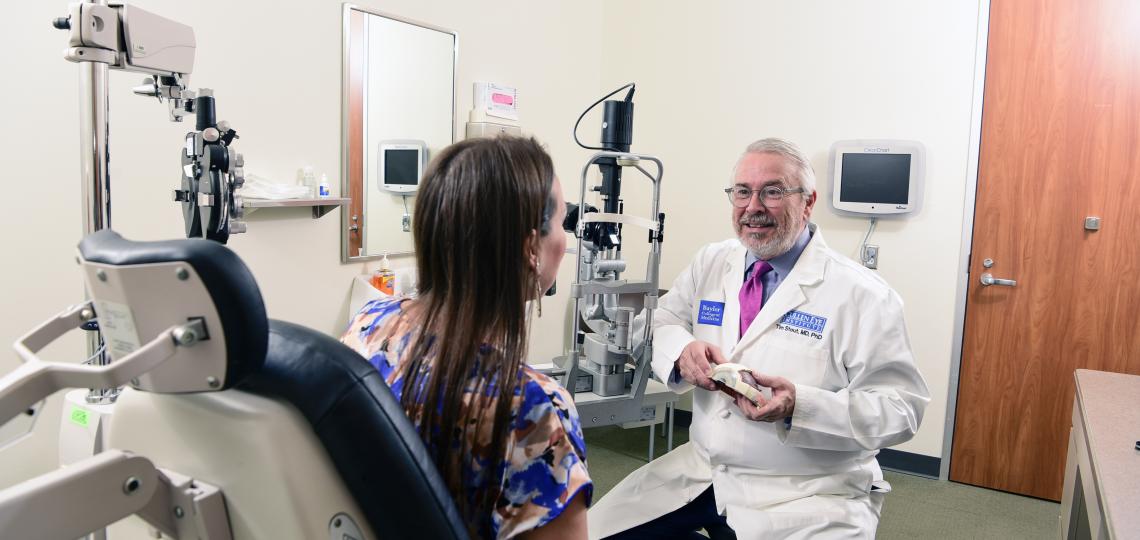Neurologist in Andalusia: Leading Specialists and Clinics Listed
Neurologist in Andalusia: Leading Specialists and Clinics Listed
Blog Article
The Advantages And Disadvantages of Various Refractive Surgeries for Enhanced Eyecare

LASIK Surgical Procedure
LASIK surgical treatment is a typically performed refractive procedure that aims to remedy vision concerns such as farsightedness, astigmatism, and nearsightedness. This medical strategy has gained appeal because of its effectiveness in providing patients with clearer vision and decreasing their reliance on glasses or call lenses. Throughout the procedure, a thin flap is developed on the cornea, and a laser is used to improve the underlying cells, fixing the refractive error. The flap is after that repositioned, enabling quick healing and very little pain for the individual.
One of the primary advantages of LASIK surgery is the fast improvement in vision experienced by lots of people. It is vital for people considering LASIK surgery to undergo a complete analysis by an eye treatment expert to figure out if they are appropriate candidates for the treatment.
PRK Procedure
The PRK treatment, additionally referred to as Photorefractive Keratectomy, is a type of refractive surgical treatment that intends to deal with vision issues similar to LASIK surgical procedure. Unlike LASIK, which entails creating a flap in the cornea, PRK deals with the surface area layer of the cornea. During the PRK treatment, the external layer of the cornea, called the epithelium, is removed to enable reshaping of the underlying corneal cells with an excimer laser. This improving aids to deal with refractive errors such as farsightedness, astigmatism, and nearsightedness.
Among the benefits of PRK over LASIK is that it eliminates the threat of flap-related difficulties given that no flap is developed during the surgical procedure. This can be useful for individuals with slim corneas or those entailed in get in touch with sporting activities where eye trauma is an opportunity. The healing time for PRK is normally much longer compared to LASIK, as the external layer of the cornea requires time to regrow after the treatment. Regardless of the longer recovery period, PRK can be an appropriate choice for people looking for vision adjustment surgical procedure.
SMILE Surgical Treatment
An advanced refractive surgical treatment method acquiring popularity in the field of ophthalmology is SMILE Surgical treatment. Small Cut Lenticule Removal (SMILE) is a minimally intrusive treatment that corrects vision by reshaping the cornea making use of a femtosecond laser. Unlike traditional LASIK surgical treatment, SMILE Surgery involves developing a tiny cut in the cornea to draw out a lenticule, which causes much less interruption to the corneal framework and potentially quicker healing times.
One of the main advantages of SMILE Surgical procedure is its ability to deal with nearsightedness (nearsightedness) and astigmatism with high precision, resulting in superb visual end results for clients. The minimally invasive nature of the treatment likewise minimizes the risk of difficulties such as completely dry eye disorder, making discover this info here it a desirable option for individuals seeking refractive surgery.

LASEK Technique
Having discovered the benefits and considerations of SMILE Surgical procedure, another notable refractive surgical treatment method worth checking out is the LASEK Method. LASEK, which stands for Laser-Assisted Subepithelial Keratectomy, is a form of laser eye surgical procedure that aims to fix refractive errors such as nearsightedness (nearsightedness), hyperopia (farsightedness), and astigmatism.
Unlike LASIK, LASEK does not entail creating a corneal flap. Rather, throughout a LASEK procedure, the doctor uses a diluted alcohol option to loosen up the thin external layer of the cornea, called the epithelium. This layer is then delicately relocated apart to permit the laser to improve the underlying corneal cells. When the cornea has actually been reshaped to the desired level, the epithelial layer is rearranged.
One of the main benefits of LASEK is that it can be ideal for people with slim corneas that may not be good More Help prospects for LASIK. Furthermore, LASEK normally causes marginal post-operative pain and a quicker healing time compared to PRK. Nevertheless, the aesthetic healing process with LASEK might be somewhat longer than with LASIK.
Implantable Call Lenses
Implantable Contact Lenses supply a long-term vision modification remedy for people looking for an alternative to conventional contact lenses or glasses. These lenses, also called phakic intraocular lenses, are surgically placed right into the eye to remedy refractive errors such as myopia (nearsightedness), hyperopia (farsightedness), and astigmatism. cardiologist andalusia. Unlike conventional contact lenses that rest on the surface area of the eye, implantable contact lenses work within the eye itself, offering clear vision without the requirement for day-to-day maintenance or elimination
One of the essential benefits of implantable call lenses is their permanence. As soon as inserted, they can remain in the eye indefinitely, supplying constant and stable vision correction. In addition, these lenses can be an exceptional option for individuals who are not good prospects for laser eye surgery or that choose a relatively easy to fix vision adjustment procedure.
Nevertheless, implantable call lenses do bring some threats, including the possibility for cataracts or increased eye pressure. It is vital for individuals considering this choice to seek advice from an eye treatment professional to figure out if implantable get in touch with lenses are the right option for article source their details demands and eye wellness.
Final Thought
In verdict, each type of refractive surgery has its very own advantages and disadvantages. LASIK surgical treatment is preferred for its fast healing time, while PRK treatment might be ideal for patients with thin corneas.

On The Whole, SMILE Surgical treatment presents an encouraging choice for individuals looking to enhance their vision via refractive surgical treatment.
Report this page